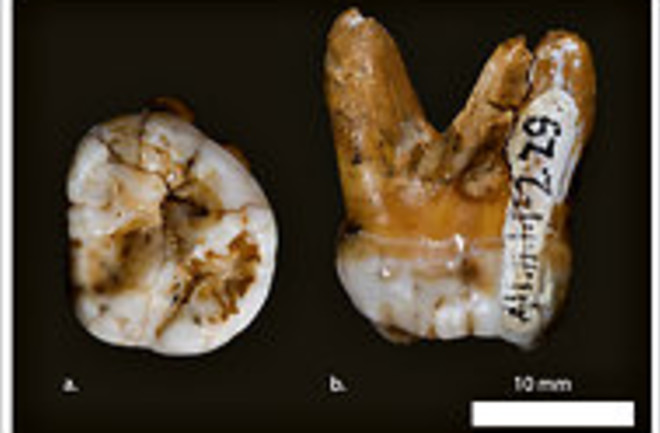Last March I wrote here about a 50,000-year-old pinky bone found in a Siberian cave that might belong to a previously unknown kind of human. Scientists had isolated mitochondrial DNA from the bone, which suggested that it belonged to a separate lineage that was neither Neanderthal nor human.
Meet the Denisovans, the Newest Members of the Human Tree of Life

Newsletter
Sign up for our email newsletter for the latest science news
0 free articles left
Want More? Get unlimited access for as low as $1.99/month
Stay Curious
Sign up for our weekly newsletter and unlock one more article for free.
View our Privacy Policy
Want more?
Keep reading for as low as $1.99!
Already a subscriber?
Find my Subscription
More From Discover
Stay Curious
Subscribe
To The Magazine
Save up to 40% off the cover price when you subscribe to Discover magazine.
Copyright © 2025 LabX Media Group
